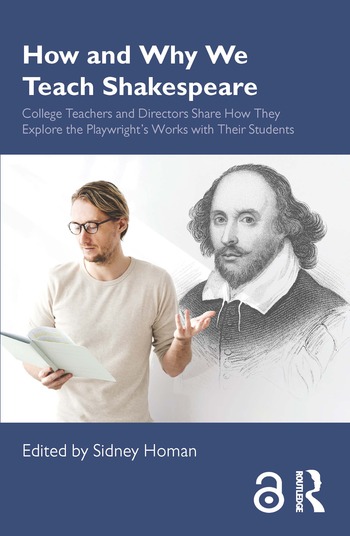How and Why We Teach Shakespeare
Proposal review
College Teachers and Directors Share How They Explore the Playwright’s Works with Their Students
Abstract
In How and Why We Teach Shakespeare, 19 distinguished college teachers and directors draw from their personal experiences and share their methods and the reasons why they teach Shakespeare. The collection is divided into four sections: studying the text as a script for performance; exploring Shakespeare by performing; implementing specific techniques for getting into the plays; and working in different classrooms and settings.
The contributors offer a rich variety of topics, including:
working with cues in Shakespeare, such as line and mid-line endings that lead to questions of interpretation
seeing Shakespeare’s stage directions and the Elizabethan playhouse itself as contributing to a play’s meaning
using the "gamified" learning model or cue-cards to get into the text
thinking of the classroom as a rehearsal
playing the Friar to a student’s Juliet in a production of Romeo and Juliet
teaching Shakespeare to inner-city students or in a country torn by political and social upheavals.
For fellow instructors of Shakespeare, the contributors address their own philosophies of teaching, the relation between scholarship and performance, and―perhaps most of all―why in this age the study of Shakespeare is so important.
Keywords
Shakespeare; arts history; theaterISBN
9780429283192Publisher
Taylor & FrancisPublisher website
https://taylorandfrancis.com/Publication date and place
2019Classification
The Arts

